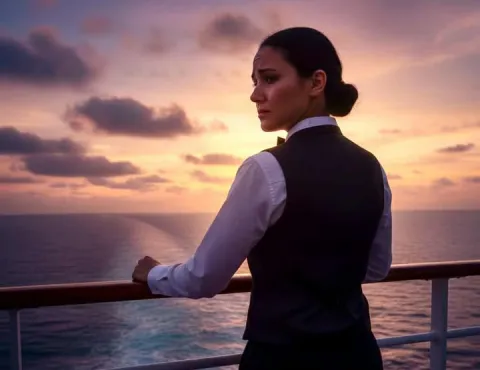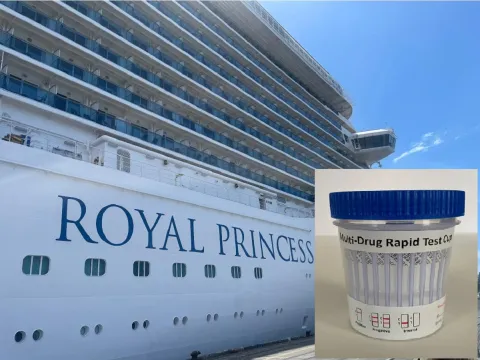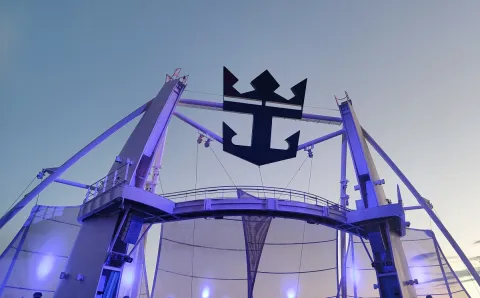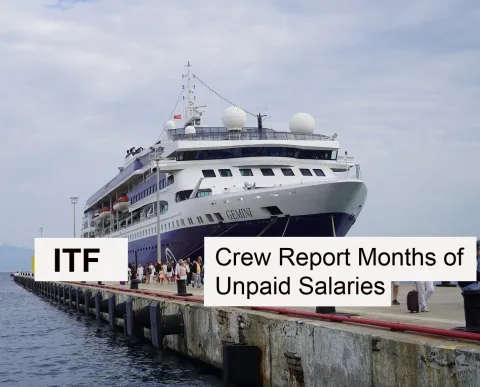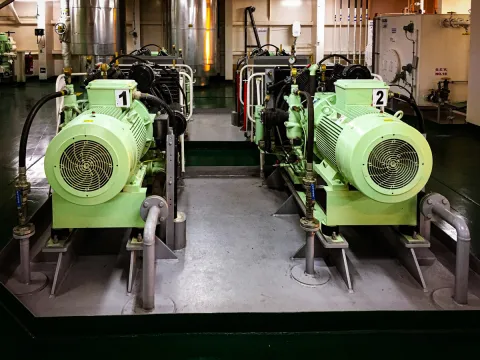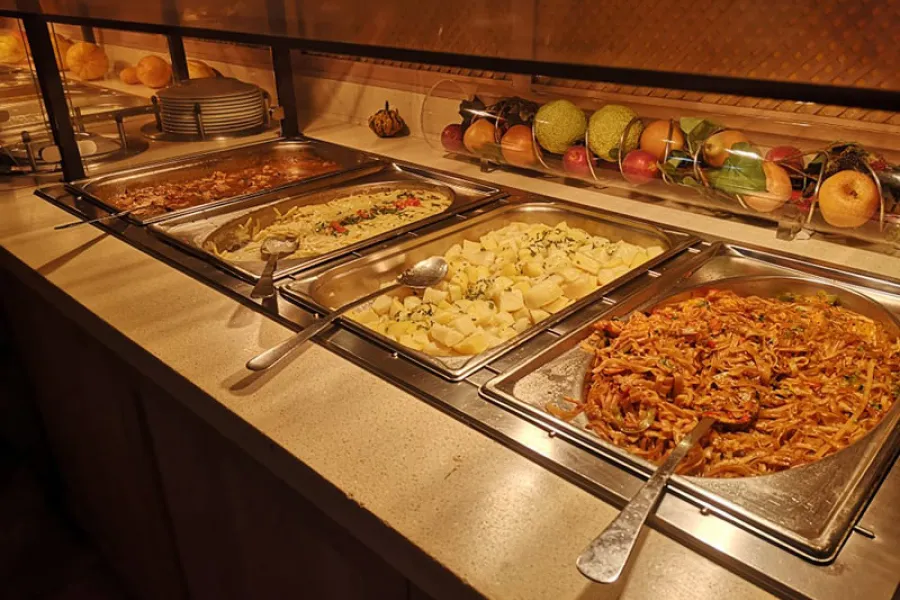
Passengers frequently wonder whether the crew must pay for the food. In brief, cruise ship crew members do not pay for their meals while on board. The cruise line covers the entire cost of food and endeavors to offer a diverse selection based on the nationalities of the crew. However, it is important to note that crew meals are typically not on par with the culinary offerings provided to passengers.
It's worth mentioning that the quality of food can vary significantly from one cruise line to another and even from ship to ship.
Daily Cost of Food (DCF)
To appreciate the disparity in food quality, it is crucial to understand the concept of the Daily Cost of Food. Both passengers and crew members receive a daily allowance for food and beverages. For example, on an all-inclusive cruise I worked on, each passenger was allocated a daily allowance of $1.34 for alcoholic beverages. This means that, on average, each passenger should consume alcoholic beverages worth approximately $1.34 per day.
As one might imagine, some passengers exceed this limit, while others consume less or none at all. When averaged across all passengers, the allowance hovers around $1.34.
This principle applies not only to passenger food but also to crew food. However, the significant difference lies in the daily cost of food for crew, which is notably lower. While passengers may receive a daily allowance of $12-$15, crew members are typically granted only $5 per day.

The lower daily cost of food directly influences the quality of the meals. On some ships, chefs must manage expenses by serving lower-quality, and therefore more affordable, food to crew members.
Food Sourcing and Quality
Cruise ships acquire a substantial portion of their food from the ports they visit. Prior to docking, the Food & Beverage (F&B) manager negotiates the cost of food with port brokers. In certain regions, food prices can be exorbitantly high. For example, during a voyage through the northern reaches of Norway, the cost of fruits and vegetables was five times the usual rate, which can be attributed to the remote location.
To adhere to the daily cost of food, the ship may resort to purchasing the cheapest available food. This leads to a situation where passengers receive top-quality apples while crew members are served lower-quality apples, often close to their expiry date and therefore more economical. In some instances, crew members may not receive these fruits at all. Consequently, crew meals may lack essential vitamins, minerals, and nutrients, contributing to a general consensus among crew members that the food quality is subpar.
Divergence in Culinary Expertise

Another factor that impacts the quality of crew meals is the experience and proficiency of the chefs. Passenger chefs, often known as Executive Chefs or Chefs de Cuisine, have honed their skills over many years and established reputations for efficiency and flavorful dishes. Conversely, crew chefs are typically still in the process of gaining experience.
When you combine the use of lower-cost ingredients with the comparative inexperience of crew chefs, it becomes evident why crew meals may not reach the same culinary heights as those enjoyed by passengers.
The Looming Scurvy Concern
In a rather ironic twist, the possibility of scurvy, a disease once associated with sailors on extended sea voyages, is reemerging as a concern for modern cruise ship crew members. Scurvy is caused by a deficiency of vitamin C, a nutrient that is often scarce on cruise ships. Despite the abundance of food, crew members can sometimes lack even the most basic vitamin C-rich foods.
Surreptitious Food Procurement
While regulations prohibit perishable food in crew cabins due to ongoing battles with vermin and other unwelcome stowaways, some crew members resort to smuggling food on board during times of food shortages. Despite the risks, they utilize small fridges in their cabins and discreetly stock up on supplies, hoping to evade routine or unexpected inspections.
When crew members actually do eat passenger food?
When there is uneaten excess passenger food will go to waste if not eaten. This food is generally brought down to the crew mess and eaten on a “first come first served” basis. Keep in mind, this is not food scraped off of passenger plates, but just leftover food from the buffet or from the kitchen.
Certain ships allow staff and officers in the officer’s mess to order from the passenger menus.
Certain crew, staff and officers are able to eat at the passenger buffets or dining rooms and restaurants.
Kitchen staff and waiters sneak food from the kitchen, either during or after shifts. Yep! But, this is strictly forbidden and can certainly get you fired if you’re caught.
All in all, crew food isn’t always the greatest food on board, but we certainly do find ways to make the most of the situation.
Crew Insights
Articles and experiences shared by crew members working on cruise ship. Find out more about ship life at sea together with tips and advices for first time crew members and cruise oldtimers.





